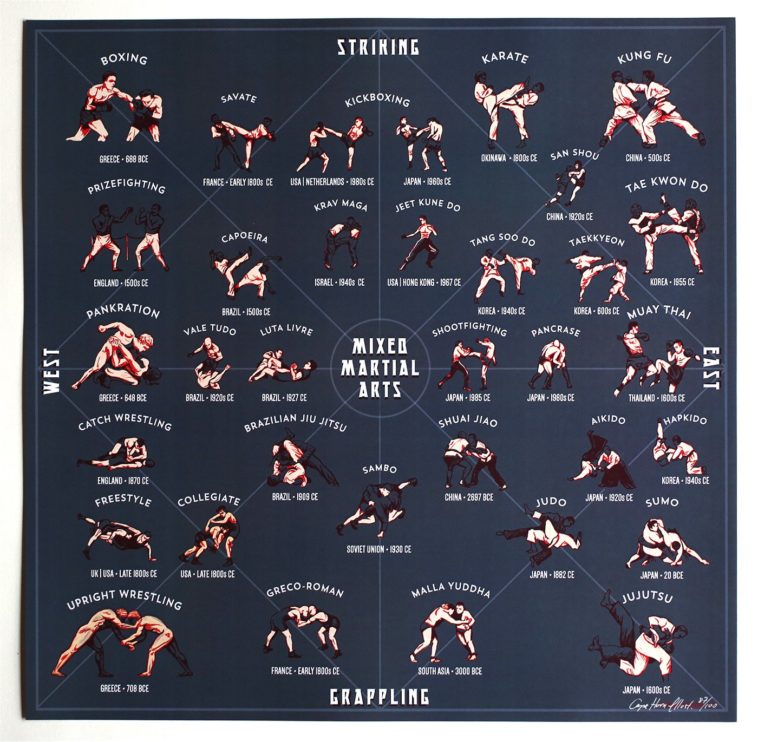Secret Differences Between Typical Martial Arts And Modern Battle Sports: An In-Depth Evaluation
Secret Differences Between Typical Martial Arts And Modern Battle Sports: An In-Depth Evaluation
Blog Article
Article Produced By-Camp Rocha
When you think about martial arts, do you lean more toward the conventional techniques or the modern fight sporting activities? Each path uses unique advantages and experiences, formed by their philosophies and training methods. https://www.fox13now.com/entertainment/premier-martial-arts and discipline, while contemporary fight sports concentrate on competitors and performance. Understanding these distinctions can lead you in selecting the right method for your trip. However how do these differences manifest in training and viewpoint?
The Approach and Background Behind Standard Martial arts
While many individuals connect martial arts with physical battle, the philosophy and background behind standard martial arts run much deeper. You'll find that these disciplines stress individual growth, technique, and regard.
Originating from martial arts for older adults near me , standard martial arts were frequently created for Self-Defense and spiritual advancement. They embody concepts such as equilibrium, harmony, and self-control, assisting experts beyond mere combating skills.
As you train, you'll not only find out methods however additionally get insights right into the culture and values that formed these arts. The routines and practices, often passed down via generations, promote a sense of community and belonging.
The Competitive Nature of Modern Battle Sports
Modern combat sporting activities have changed the landscape of martial arts right into an extremely affordable arena, where professional athletes face off in a test of ability, strategy, and endurance.
You'll discover that competitors are typically organized with stringent guidelines and policies, guaranteeing justice and safety and security. These occasions bring in huge audiences, fueling the enjoyment and strength of matches.
Professional athletes train rigorously, not just for physical expertise but also for mental strength, recognizing that every detail counts in the ring. The adrenaline rush throughout competitions is apparent, as competitors press their restrictions to assert victory.
Fans value the athleticism and artistry entailed, making modern-day fight sporting activities a thrilling phenomenon that continues to progress and mesmerize enthusiasts worldwide.
Training Methods and Methods: A Relative Evaluation
The competitive ambience of modern-day combat sporting activities needs cutting-edge training methods that differ considerably from typical martial arts.
In modern-day training, you'll focus on details methods, competing, and conditioning, typically using drills that replicate genuine battle scenarios. You'll see a focus on measurable efficiency and frequent competition to analyze your abilities.
On the other hand, traditional martial arts prioritize forms, katas, and philosophical mentors, typically highlighting discipline and regard over competition.
Training is typically much less intense and might entail recurring technique rather than real-time sparring.
While both methods develop ability and fitness, modern-day battle sporting activities offer a more dynamic and adaptable training setting, preparing you for prompt difficulties in the ring or cage.
Pick the path that aligns with your objectives and rate of interests.
Verdict
In picking in between standard martial arts and modern-day combat sports, it really boils down to what you value many. If you're trying to find individual development, technique, and a feeling of community, standard arts may be your finest fit. Yet if you flourish on competitors and real-time obstacles, modern battle sports could be the way to go. Ultimately, both courses offer distinct benefits, so it's all about aligning your training with your individual objectives and interests.
